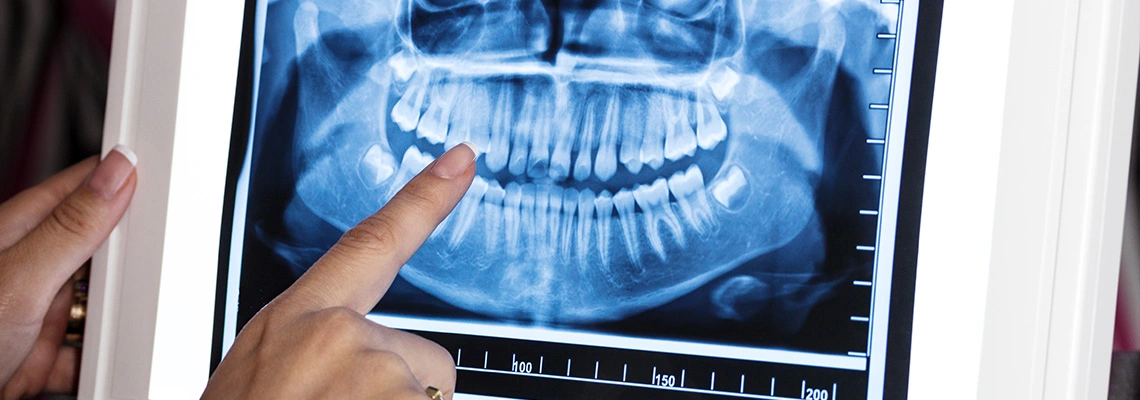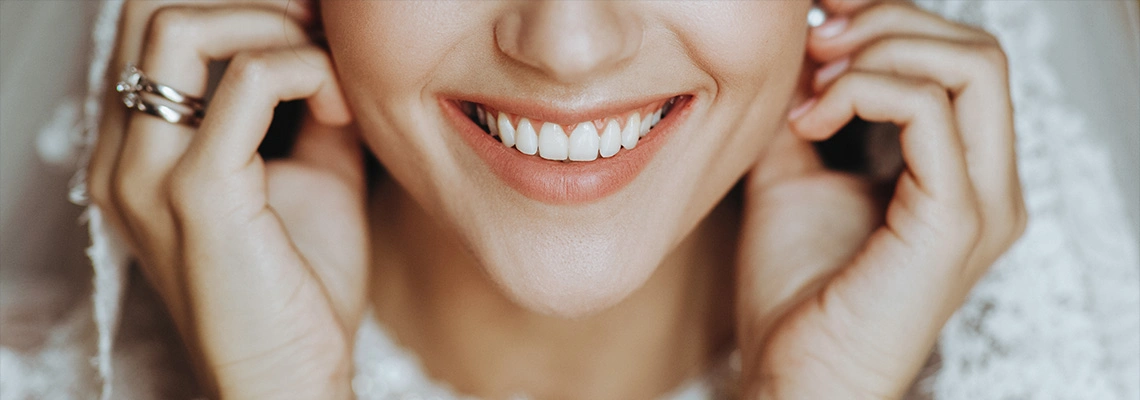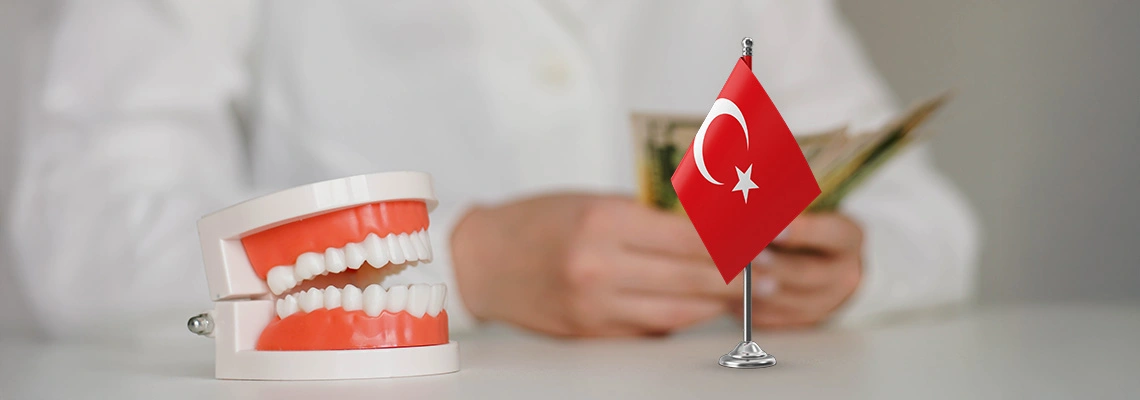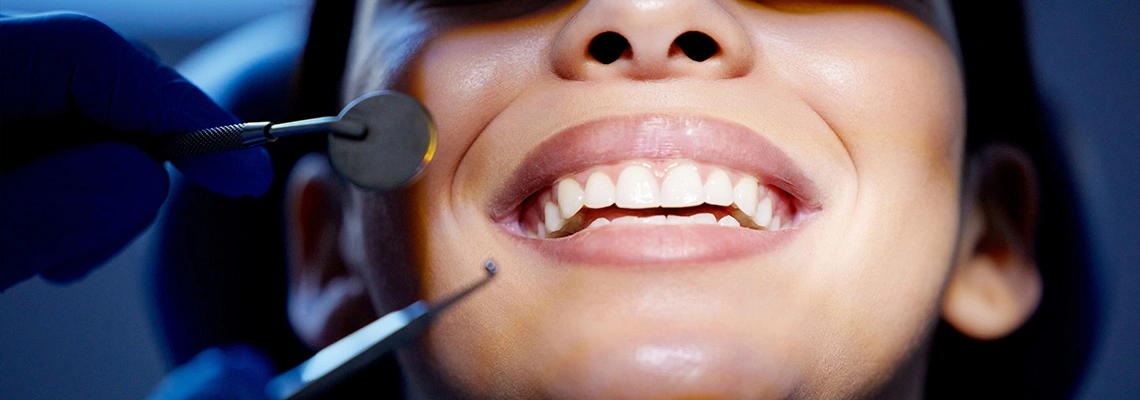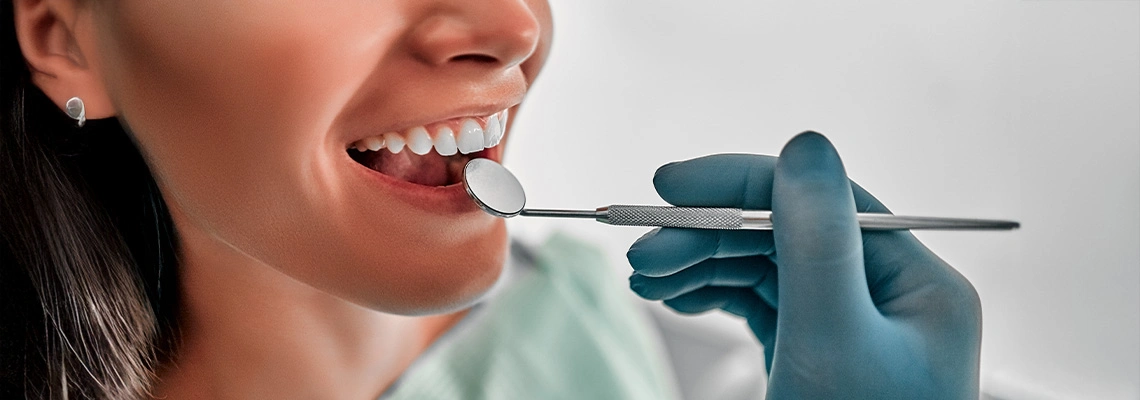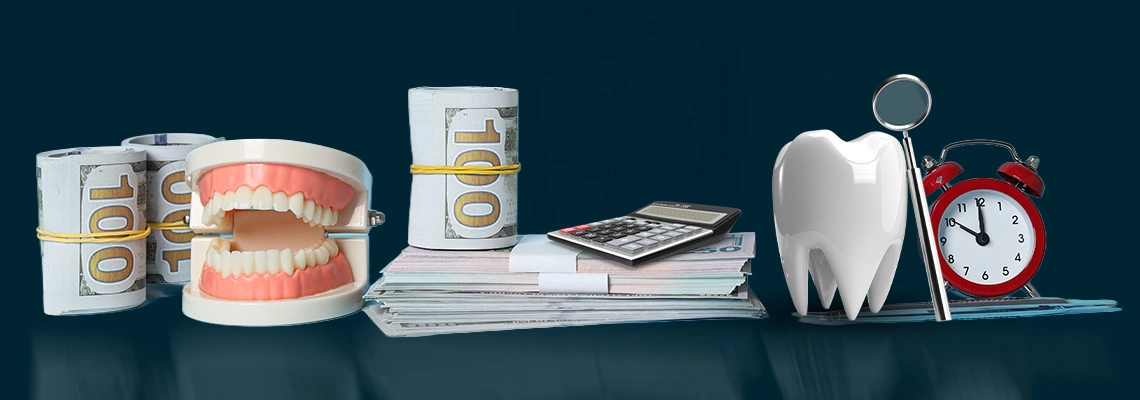Many people considering rhinoplasty, are eager to know how long it will take before they can breathe comfortably through their nose again. This surgical procedure can significantly improve the appearance and function of the nose. While recovery times vary, this article will explore the factors that influence healing and offer insights into what you can expect after rhinoplasty.
Table of contents:
- What is rhinoplasty or nose job?
- How do you know if you need a nose job for breathing?
- What are the types of nose surgery to breathe better?
- Rhinoplasty recovery
- Breathing problems after rhinoplasty
- Why is my breathing so loud after rhinoplasty?
- When will breathing improve after rhinoplasty?
- Instructions to recover and breathe properly after rhinoplasty
What is rhinoplasty or nose job?
Rhinoplasty or nose job is a surgical procedure that reshapes the nose to improve its appearance or breathing function. It involves altering the nasal cartilage, bone, or both. The procedure can be performed for cosmetic reasons, functional reasons, to repair injuries, or to correct birth defects.
Related articles:
How do you know if you need a nose job for breathing?
Several signs may indicate that you need a nose job for breathing difficulties:
-
Chronic nasal congestion: If your nose is frequently stuffy or blocked, even without a cold or allergies, it might be due to underlying structural issues.
-
Mouth breathing: Relying on mouth breathing can lead to dry mouth, sore throat, and even sleep disturbances.
-
Snoring or sleep apnea: Obstructed nasal passages can contribute to snoring and sleep apnea, affecting your sleep quality and overall health.
-
Difficulty smelling: A deviated septum or other nasal abnormalities can impair your sense of smell.
What are the types of nasal surgery to breathe better?
Depending on the specific cause of your breathing problems, your surgeon may recommend one or a combination of the following procedures:
-
Septoplasty: This procedure corrects a deviated septum, which can obstruct airflow through the nasal passages.
-
Turbinate reduction: Enlarged turbinates, the bony structures within the nasal cavity, can narrow the airways. Turbinate reduction involves shrinking or reshaping them.
-
Rhinoplasty: In some cases, a combination of cosmetic and functional improvements may be necessary, requiring a traditional rhinoplasty procedure.
_1727178093.jpg)
Rhinoplasty recovery
The recovery process after rhinoplasty varies from person to person, depending on the extent of the surgery, individual factors, and adherence to post-operative care instructions. Here's a general timeline:
-
First week: Expect some swelling, bruising, and discomfort. You may need to wear a splint or packing in your nose.
-
Second week: Swelling and bruising should start to subside. You may be able to return to light activities.
-
Third week: Most swelling and bruising should be gone, and you may be able to resume normal activities.
-
Fourth week: Your nose will continue to heal, and your breathing should improve significantly.
Breathing problems after rhinoplasty
Breathing difficulties are a common occurrence following rhinoplasty, often stemming from swelling and inflammation within the nasal passages. This is a normal part of the healing process, typically improving within 8 to 12 weeks. While most cases can be managed with prescription medications or saline rinses, persistent breathing issues may indicate underlying structural problems. In addition to swelling, scar tissue formation can sometimes occur within the nasal passages, leading to ongoing breathing difficulties. It's crucial to adhere to post-operative care guidelines and consult with your surgeon promptly if you experience prolonged or severe breathing problems.
Why is my breathing so loud after rhinoplasty?
Loud breathing after rhinoplasty is often due to swelling or temporary changes in the nasal passages. As the swelling subsides, breathing should become quieter. If you continue to experience loud breathing, consult with your surgeon.
When will breathing improve after rhinoplasty?
The timeline for significant improvement in breathing after rhinoplasty can vary widely, but most individuals notice noticeable improvements within a few weeks to months. Factors such as the complexity of the surgery, individual healing rates, and any underlying medical conditions can influence recovery time.
For instance, a simple septoplasty might result in faster recovery and improved breathing compared to a more extensive rhinoplasty that involves multiple surgical techniques. Additionally, individuals with underlying health conditions or those who do not follow post-operative care instructions may experience a longer recovery period.
It's important to note that while most people experience significant improvements in breathing after rhinoplasty, some may continue to have mild or occasional breathing difficulties. If you are concerned about your breathing after the procedure, it's advisable to consult with your surgeon to discuss any specific concerns and explore potential solutions.
Instructions to recover and breathe properly after rhinoplasty
To optimize your recovery and minimize breathing complications, follow these guidelines:
-
Adhere strictly to your surgeon's post-operative care instructions. This includes avoiding strenuous activities, taking prescribed medications as directed, and keeping your head elevated to reduce swelling.
-
Use saline rinses regularly to keep your nasal passages moist and clear of debris. This can help prevent crusting and discomfort.
-
Avoid smoking and excessive alcohol consumption. These substances can hinder the healing process and increase the risk of complications.
-
Attend all scheduled follow-up appointments with your surgeon. Regular check-ups will allow your surgeon to monitor your progress, address any concerns, and provide additional guidance as needed.
-
Be patient and avoid rushing the healing process. Allow your body sufficient time to recover and heal naturally. Avoid activities that could put undue stress on your nose or interfere with the healing process.
-
If you experience any unusual symptoms or worsening discomfort, contact your surgeon immediately. Early intervention can help address potential complications and ensure a smooth recovery.
Feel free to contact Mira Clinic for your free online consultation.
_1727178064.jpg)
Sources:
- Rhinoplasty
- https://www.mayoclinic.org/tests-procedures/rhinoplasty/doctors-departments/pdc-20384534
- Rhinoplasty Recovery
- https://www.plasticsurgery.org/cosmetic-procedures/rhinoplasty/recovery
- Nose reshaping (rhinoplasty)
- https://www.nhs.uk/conditions/cosmetic-procedures/cosmetic-surgery/nose-reshaping-rhinoplasty/

